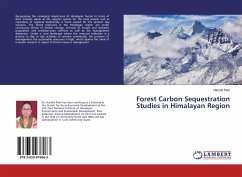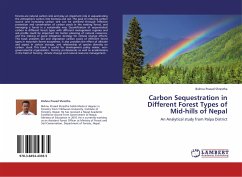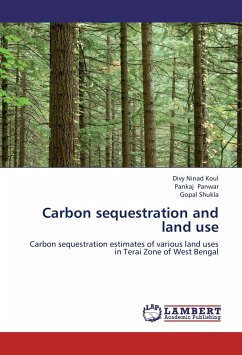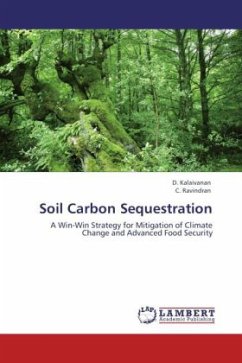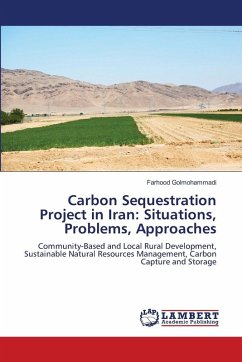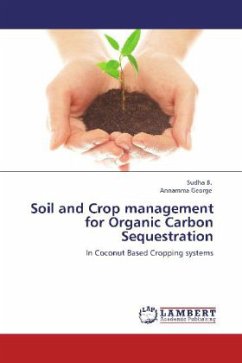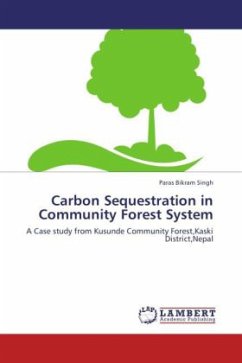
Carbon Sequestration in Community Forest System
A Case study from Kusunde Community Forest,Kaski District,Nepal
Versandkostenfrei!
Versandfertig in 6-10 Tagen
32,99 €
inkl. MwSt.

PAYBACK Punkte
16 °P sammeln!
Carbon sequestration in terrestrial ecosystem can be defined as absorption of the carbon dioxide from the atmosphere by photosynthesis or technology based sequestration activities such as deep-sea gas bed storage of liquefied carbon dioxide (Bass et al, 2000). Terrestrial ecosystem, in which carbon is retained in above ground biomass, underground biomass and in soil, plays a vital role in Carbon Cycle. Most of the community forests in Nepal are recognized as major contributors for fuel wood, fodder, timber and non-timber forest products. Furthermore, Community forests help to conserve wild fau...
Carbon sequestration in terrestrial ecosystem can be defined as absorption of the carbon dioxide from the atmosphere by photosynthesis or technology based sequestration activities such as deep-sea gas bed storage of liquefied carbon dioxide (Bass et al, 2000). Terrestrial ecosystem, in which carbon is retained in above ground biomass, underground biomass and in soil, plays a vital role in Carbon Cycle. Most of the community forests in Nepal are recognized as major contributors for fuel wood, fodder, timber and non-timber forest products. Furthermore, Community forests help to conserve wild fauna, soil and water, and also provide an opportunity for income generating activities and institutional development. Also, there is a high potentiality in making income from carbon credit in Community Forestry System under market adoption of Clean Development Mechanism (CDM), a frame work of the Kyoto Protocol. The CDM allows industrialized countries to meet their targets via, projects in developing countries like Nepal. The study entitled Carbon Sequestration in Community Forest System was carried out in Kusunde Community Forest, Bharat Pokhari VDC, Kaski District, Nepal.



